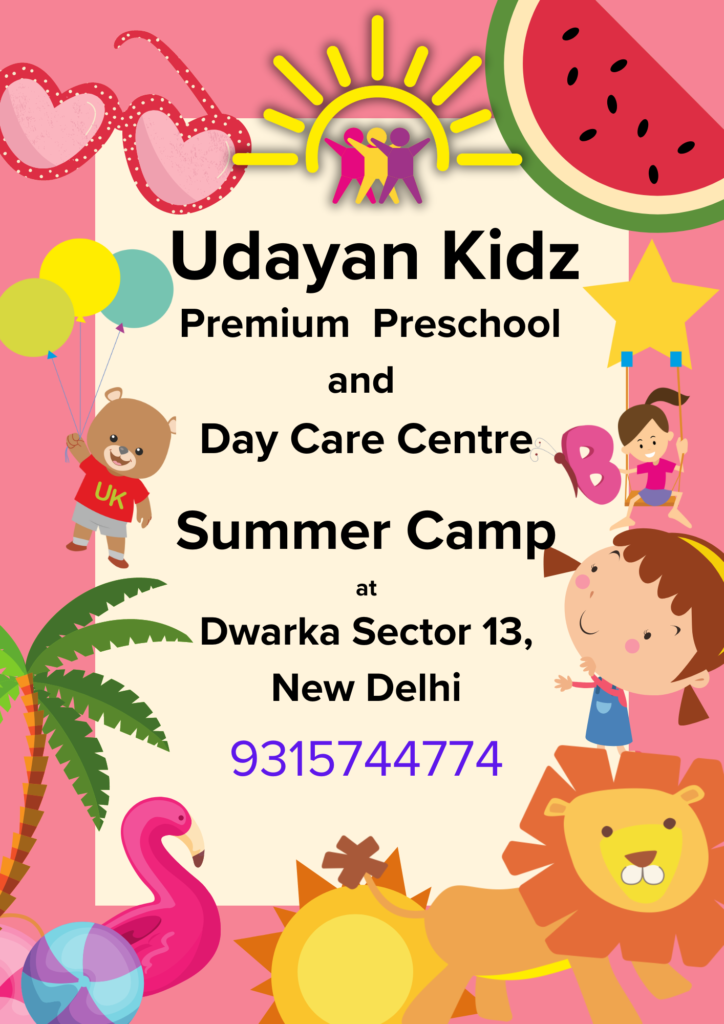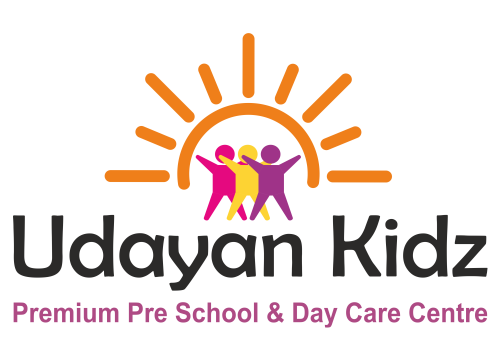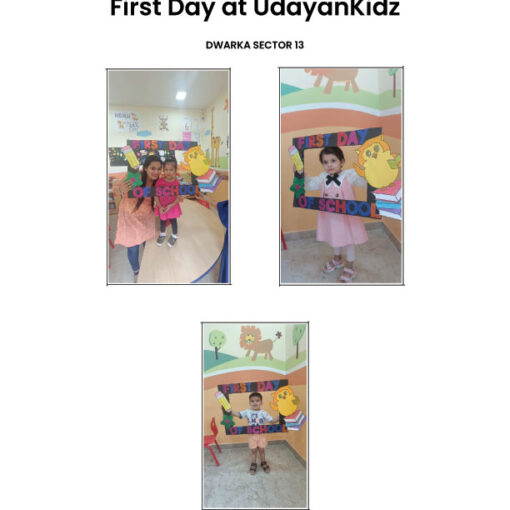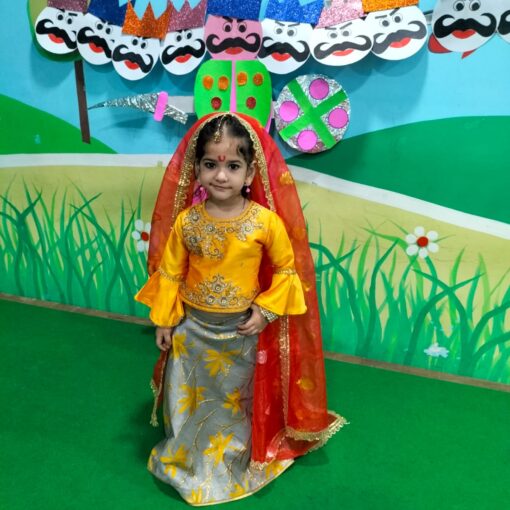
Udayan Kidz Pre School in Sector 13, Dwarka, New Delhi, organized a summer camp from May 22nd, 2023, to June 17th, 2023. Summer camps are a fantastic way for children to engage in fun and educational activities during their school break. Participants often enjoy a variety of activities such as sports, arts and crafts, calligraphy, story telling, science experiments , magic tricks, fitme 30, outdoor adventures, and interactive learning experiences. These camps provide an opportunity for children to make new friends, develop new skills, and have a memorable summer camp for kids in dwarka.
Welcome activity




Dance
Join us as we embark on a rhythmic adventure filled with laughter, energy, and the joy of dance. In this post, we’ll take you through our exhilarating summer camp experience, where young dancers from all backgrounds came together to celebrate their passion for movement and music. From hip-hop to ballet, contemporary to salsa, our summer camp activities in dwarka offered a diverse range of dance styles to explore and enjoy. So grab your dancing shoes, and let’s dive into the world of dance at summer camp!
Our summer camp in preschool brought together dancers of all skill levels, from beginners to seasoned performers. The dance studio buzzed with excitement as campers eagerly met their fellow dance enthusiasts, forming an instant bond over their shared love for artistic expression. Dance became the common language that connected everyone, creating a vibrant and supportive community.
The summer camp was not just about learning individual dance styles; it was also about discovering the magic of choreography. Through engaging workshops, we learned how to create captivating dance routines, incorporating various elements such as formations, musicality, and storytelling. As the camp progressed, we had the opportunity to showcase our hard work and talent in mesmerizing performances. The stage became our canvas, where we painted vibrant pictures with our synchronized movements and passion. It was organized with help of Club Frenjoy.
The summer camp dance experience was an unforgettable journey filled with growth, creativity, and friendship. We stepped out of our comfort zones, embraced new dance styles, and learned to express ourselves through movement. Beyond the technical skills, the summer camp provided a nurturing environment where we found our tribe, a community of like-minded individuals who shared our passion for dance. As we bid farewell to the summer camp, we carried the lessons learned, the friendships forged, and the love for dance that would continue to inspire us on our future dance endeavors.


Art & Craft/Calligraphy
Art and painting play a crucial role in the development of young children, and they are often included as part of the curriculum in kindergarten schools. Here’s some information about art and painting in kindergarten:

Creativity and self-expression: Art activities allow children to explore their imagination, think outside the box, and express themselves in unique ways. Painting provides a medium for children to communicate their thoughts, feelings, and experiences visually.

Fine motor skills: Art and painting activities help develop fine motor skills in young children. Holding a paintbrush, manipulating different art materials, and making precise movements contribute to the development of hand-eye coordination and manual dexterity.

Sensory exploration: Painting engages multiple senses as children experiment with different textures, colors, and tools. They can experience the feel of the paint on their hands, see the colors mix and blend, and observe the outcome of their actions.

Cognitive development: Art and painting foster cognitive skills such as problem-solving, critical thinking, and decision-making. Children learn to make choices about colors, shapes, and compositions. They also observe cause-and-effect relationships as they experiment with different techniques and materials.

Social interaction and collaboration: Art activities often encourage collaboration and cooperation among children. They can work on group projects, share materials, and exchange ideas. This promotes social interaction, communication skills, and teamwork.


FitMe 30
- Cardio
Physical Fitness: Engaging in cardio activities like jumping jacks, running in place, or dancing helps children develop their gross motor skills, strengthen their muscles, and improve their cardiovascular health.
Energy Release: Kindergarteners often have abundant energy, and cardio exercises provide an outlet for them to release that energy in a positive and structured manner.
Improved Focus: Regular cardio exercises can enhance children’s ability to concentrate and focus on tasks, as they help increase blood flow and oxygen circulation to the brain.

- Yoga
Flexibility and Balance: Yoga poses and stretches help improve children’s flexibility, balance, and coordination. These physical benefits are particularly important during early childhood as they contribute to the development of motor skills.
Emotional Well-being: Yoga incorporates breathing techniques and relaxation exercises that can help kindergarteners manage stress, enhance their emotional well-being, and develop self-awareness.
Concentration and Mindfulness: Yoga teaches children to focus their attention on their breath, body, and the present moment, which can enhance their concentration, attention span, and mindfulness skills.
Body Awareness: Through yoga, children learn about their bodies, different body parts, and how they move. This promotes body awareness and a positive body image from an early age.

Magic Tricks
Magic tricks are performances that create the illusion of impossible or supernatural feats using various techniques and principles.
Misdirection: One of the fundamental principles of magic is misdirection. Magicians use this technique to divert the audience’s attention away from the secret actions or methods that enable the trick to work. By directing attention elsewhere, magicians create the illusion of the impossible.
Sleight of Hand: Sleight of hand refers to the dexterity and skillful manipulation of objects, usually performed with the hands. This technique allows magicians to make objects appear, disappear, or transform right in front of the audience’s eyes. Common sleight of hand moves include palming, false transfers, and finger palm.
Illusions: Illusions are larger-scale magic tricks that often involve props, stage settings, and elaborate setups. These tricks can include making people disappear, sawing someone in half, or floating in mid-air. Illusions require careful planning, engineering, and coordination to create the desired effect.
Card Tricks: Card tricks are a popular category of magic tricks that use playing cards. Magicians perform various techniques, such as card forces, controls, and manipulations, to create astonishing effects with a deck of cards. Some well-known card tricks include the ambitious card routine, card transpositions, and the classic “pick a card, any card” trick.
Mentalism: Mentalism is a branch of magic that gives the illusion of mind reading or psychic abilities. Mentalists perform tricks that involve revealing personal information, predicting choices, or duplicating drawings without any apparent means of obtaining the information. These tricks often rely on psychological principles, suggestion, and audience manipulation.

Science Experiment
- What is a science experiment?
A science experiment is a controlled procedure designed to investigate and understand a scientific question or hypothesis. It involves making observations, gathering data, and drawing conclusions based on the results.

- Purpose of science experiments:
Science experiments are conducted to discover new knowledge, test hypotheses, verify existing theories, and understand the natural world. They help scientists and researchers uncover cause-and-effect relationships, explore the properties of materials, or investigate the behavior of various phenomena.

STORY TELLING
A well-crafted story typically consists of several key elements, including characters, setting, plot, conflict, and resolution. The characters are the individuals or entities that drive the narrative, while the setting establishes the time, place, and atmosphere in which the story unfolds. The plot is the sequence of events that occur, often following a specific structure or arc, and the conflict arises from obstacles or challenges that the characters face. The resolution brings the story to a satisfying conclusion, resolving the conflict and providing closure.
In addition to entertainment, storytelling serves various purposes. It can teach moral or ethical lessons, preserve cultural heritage and traditions, inspire and motivate, or even challenge societal norms and provoke thought. Storytelling allows people to connect and empathize with others, as it explores universal themes and emotions that resonate with the human experience.
Overall, storytelling is a fundamental aspect of human culture and communication. It continues to evolve and adapt, captivating audiences across the globe and providing a means for people to explore the depths of imagination and emotion.

Tattoo making




As the sun sets on our unforgettable summer camp at the best preschool, the joy, laughter, and memories created will forever warm our hearts and inspire the young minds that were nurtured in this wonderful experience. Until we meet again next summer, let the adventures continue, and may the spirit of exploration and growth be ever-present in the lives of our cherished campers.





One thought on “Summer Camp at Udayan Kidz Pre School Sec 13”